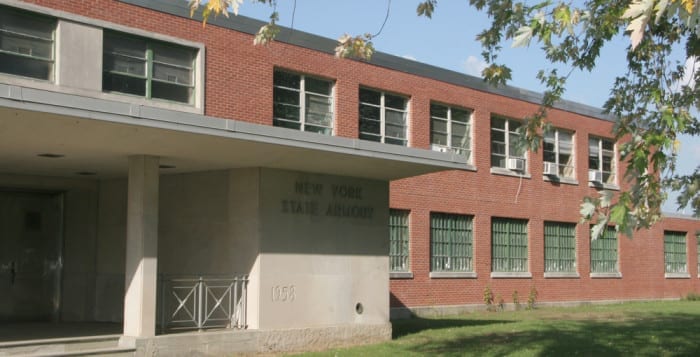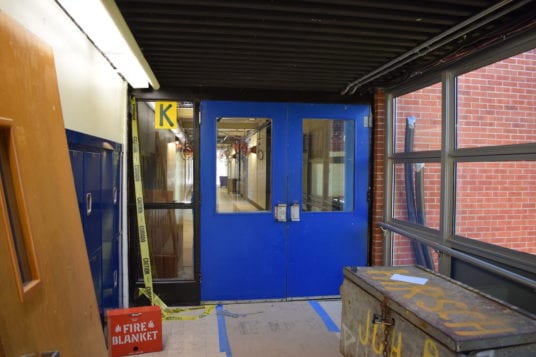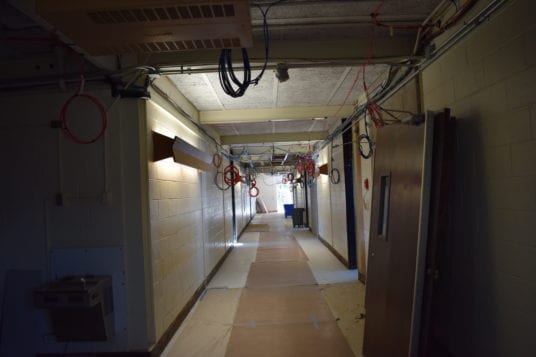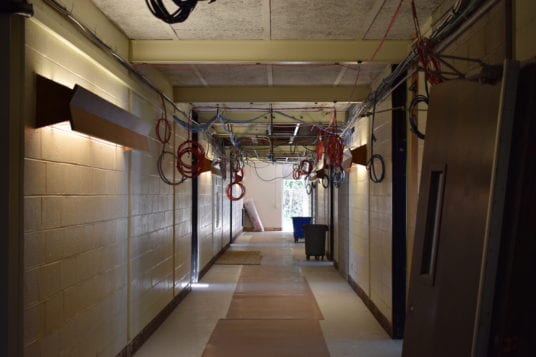A judge has ordered Democratic challenger Michael Marcantonio’s name be removed from the ballot for the 12th Assembly District.
New York State Supreme Court Judge Richard Horowitz issued a decision Aug. 17 that Marcantonio, 31, does not meet the minimum residency requirements to run for state Assembly.
His campaign has already filed an appeal of the decision, a staff member of Suffolk County Board of Elections confirmed Aug. 20.
“We will be proceeding with an appeal not just for our campaign, but for young people across our state that would be disenfranchised if this decision was allowed to stand,” Marcantonio said in a statement. “Long Island is facing a loss of our young people as they obtain education and are forced to seek opportunities elsewhere. This decision would place further barriers between young people and their ability to serve our communities.”
“We will be proceeding with an appeal not just for our campaign, but for young people across our state that would be disenfranchised if this decision was allowed to stand.”
— Michael Marcantonio
In July, 12th District residents Ralph Notaristefano, Paul D’Alessio and Kathleen Barnhart filed a lawsuit contending Marcantonio did not meet New York’s residency requirements to run. Under state law, any candidate for state office must show he or she has resided within the state for a minimum of five years and in the assembly district for one year.
The judge ruled that because Marcantonio registered to vote in the 2012 presidential election in North Carolina, where he attended law school at Duke University from 2012 to 2015, he did not meet the five-year New York State residency requirement, according to a statement issued by Marcantonio’s campaign.
Marcantonio could not immediately be reached for further comment. His campaign did not immediately provide a copy of the judge’s decision upon request.
At a July 30 press conference at Cow Harbor Park in Northport, Marcantonio said he believes his right to run for office is protected under the U.S. Supreme Court decision Symm v. United States (1979), which he said allows for students’ right to vote without losing their residency.’
“Merely registering to vote as a student out of state is not enough to eviscerate your residency in this state as a New Yorker,” Marcantonio said July 30.
The Democratic challenger remained on North Carolina’s voter lists until he graduated with his legal degree in 2015. He changed his registration to New York for the 2016 presidential primary, and cast a ballot in the last Northport school board election.
Marcantonio had previously said if he lost the lawsuit, he feared it could bar young people from voting while attending out-of-state school and then coming back to run for office.
Incumbent state Assemblyman Andrew Raia (R-East Northport), whose seat Marcantonio was vying to grab, previously weighed in on the issue stating anyone who may want to run for office after attending school in another state should use absentee ballots.
























